Burying acidic diplomatic ties
Today’s launch of the power interconnection project by President Lazarus Chakwera and his Mozambican counterpart Filipe Nyusi inevitably evokes bitter memories of how the relationship between the two countries sunk to a record low in 2011.
Then, it was the late President Bingu wa Mutharika who was at the center of controversy. Wittingly or unwittingly, Bingu apparently ignored the fact that Mozambique shares the largest portion of its border with Malawi.
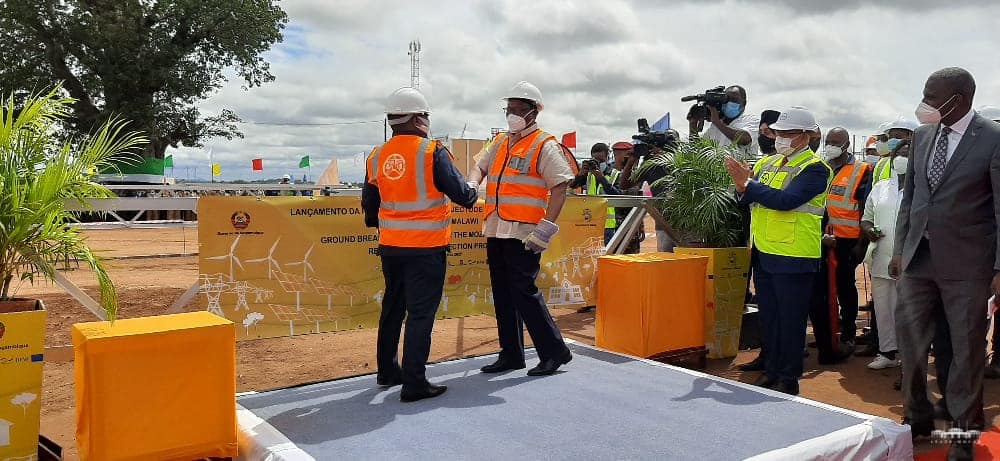
He had also put into oblivion the fact that Malawi and Mozambique have many linguistic and cultural common denominators, while also sharing a long and rich history of informal cross-border trade.
Statistics show that many Mozambicans in the north-western Tete Province prefer to trade with Blantyre and Lilongwe in Malawi, rather than with Maputo, perched some 2 000km away.
Diplomatic tempers flared in 2011 when a barge destined for the inauguration of the Nsanje Port in Malawi was impounded by the irate Mozambican authorities.
The project was constructed as part of the Shire-Zambezi Waterway Project, and specifically to allow navigation of the Shire-Zambezi River as far as the Mozambican port of Chinde, just north of Beira on the Indian Ocean.
Malawi sought a cheaper transportation alternative for her international trade.
But although the initial agreement then allowed for a trial run of barges along the waterway, the project still had to undergo a feasibility study before receiving final approval. Malawi had done short-cuts in the eyes of Mozambican authorities.
Mozambican officials deemed the inauguration of the port as pre-empting the process while also accusing Malawi of both flouting the standard operating procedure and also invading their territorial waters.
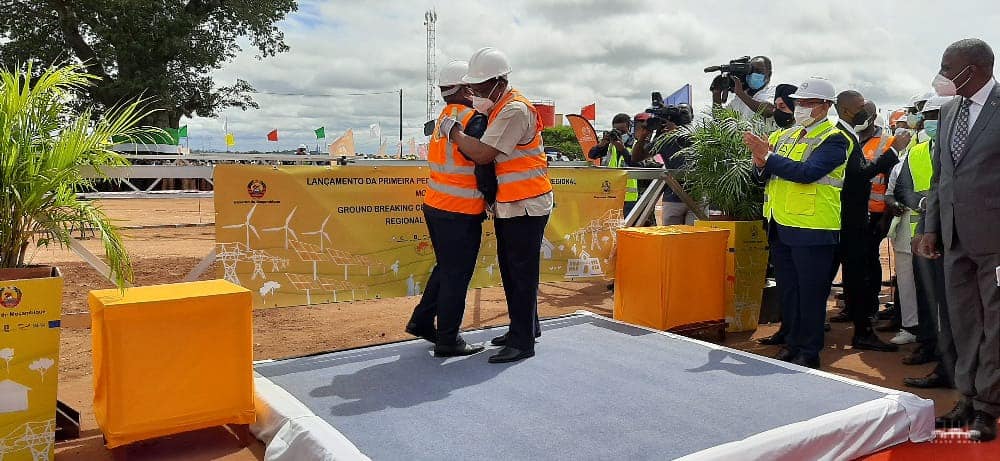
But even before the Nsanje Port saga, tensions between Mozambique and Malawi deteriorated during Bingu’s second term and specifically during the onset of the global financial crisis in 2008 which triggered a hostile economic environment in Malawi. Such economic hurdles culminated in unprecedented widespread public protests in 2011, placing pressure the fallen Mutharika under pressure.
As fuel shortages became ubiquitous, the late Mutharika shifted the blame on Mozambican port authorities, accusing them of sabotage, and this negatively influenced the bilateral relationship with Malawi.
Tellingly, the subsequent fallout negatively affected several important collaborative programmes between the two countries and derailed economic development between the two neighbors.
But international Development expert Peter Yakobe loathes the approach which previous administrations took on Mozambique, describing that country as a “strategic partner.”
He says: “We cannot do meaningful development without them because of our geographical location. Even though we’ve had some disagreements including the Shire Zambezi water project, Mozambique remains a partner we can’t do without. They have plenty of resources that we can tap from including electricity, a commodity that we desperately need. With the current economic challenges which the country is facing, we needed a Mozambique yesterday.”
Exactly eleven years later, the incumbent President Lazarus Chakwera-within his two years of stewardship-he has already recovered from the strained relationship.
And on so many occasions, Mozambique-under the leadership of Nyusi-has extended an olive branch to Chakwera’s administration, effectively nourishing the cordial relationship between the two.
As the 2022 Government Annual Economic Report observes, in 2021, as has been the case in previous years, Malawi heavily utilized the Beira, Nacala, routes for haulage of fuel.
As we speak, the two countries have already put into fruition a Mozambique-Malawi (MoMa) Regional Interconnector Project, whose multiplier effects with be felt for generations and generations to come in the two countries.
The project intends to interconnect the Mozambique and Malawi transmission systems to enable both countries to engage in bilateral and regional power trade in the Southern African Power Pool (SAPP).
Its main undertakings include the construction of a 218 kilometer, 400 kilovolts (kV) high voltage alternating current transmission line, grid connections, and associated infrastructure including substation works, according to Dhruva Sahai, Senior Financial Specialist and Task Team Leader of the project.
The line starts at Matambo substation in Tete Province, central Mozambique, and ends at Phombeya substation in Balaka District in southern Malawi.
Economist Milward Tobias, who is also executive director for the Center for Research and Consultancy retorts that Malawi and Mozambique have a bilateral trade agreement which means government recognises the importance of trade with its neighbouring country.
Providing figures, Tobias says for 2020 shoe that Mozambique exported to Malawi goods worth $99 million while in the same year Malawi exported to Mozambique goods worth $16.4 million.
“The geographical proximity is an advantage while the language (Portuguese versus English) may be a setback. Efforts should be made to strengthen trade between the two countries,” he says.
And the recent visit by Nyusi to Malawi, somewhere in November last year simply injected some spice into the flourishing relationship between the two countries.
When he was in the country, Nyusi signed significant bilateral trade and industry agreements in a bid to ease the cost of living for the two nations’ people and to ensure that the two countries are heading onto the right economic path to progress and prosperity.
But he also took advantage of the same trip to encourage Malawi to work hard and have its rail connected to Mozambique so that Malawi is ready to transport fuel.
“Fuel drives the economy of this country and once the rail line is connected Malawi will be able to transport fertilizer and fuel on the rail line this will cut the transport cost almost by half,” said Nyusi.
His counterpart, President Chakwera is pretty aware that the railway project connecting Malawi to the Sena Line will automatically ease the transportation of goods and services and spur economic growth of the two countries.
Generally, the two presidents agreed on the following: Continue working together to maintain and strengthen bilateral ties in various areas of mutual interest and based on mutual benefit; Maintain Political and Diplomatic consultations for the joint search for solutions to issues of mutual interest, such as armed conflicts, terrorism and violent extremism, peace, security, development, climate change, Covid-19, among others.
But as Chakwera has launched the much-awaited power interconnector project, he is for sure mindful of a mammoth task ahead of him which Malawians are waiting patiently with bated breath including ameliorating incessant power cuts as well as turning the country into an energy exporter as envisioned in the second National Export Strategy (NES11) as well as the country’s overarching blueprint, Malawi Vision 2063.


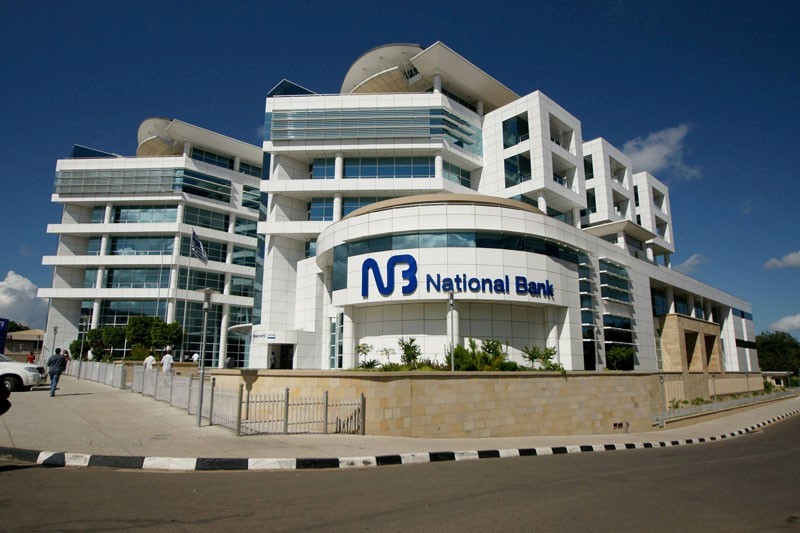
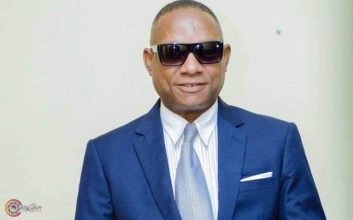
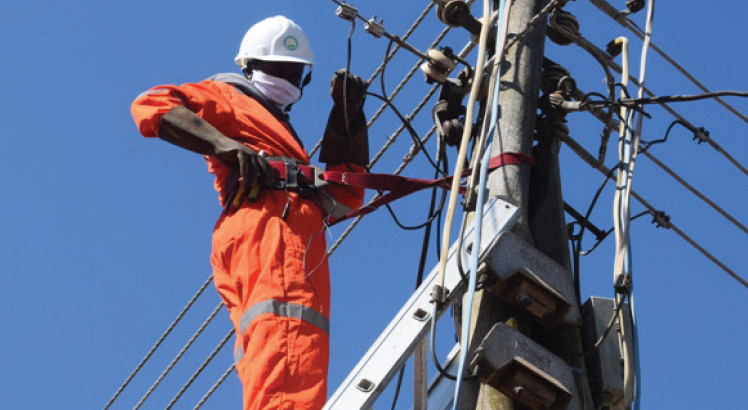
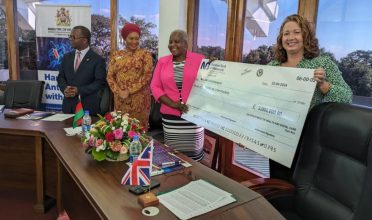
One Comment